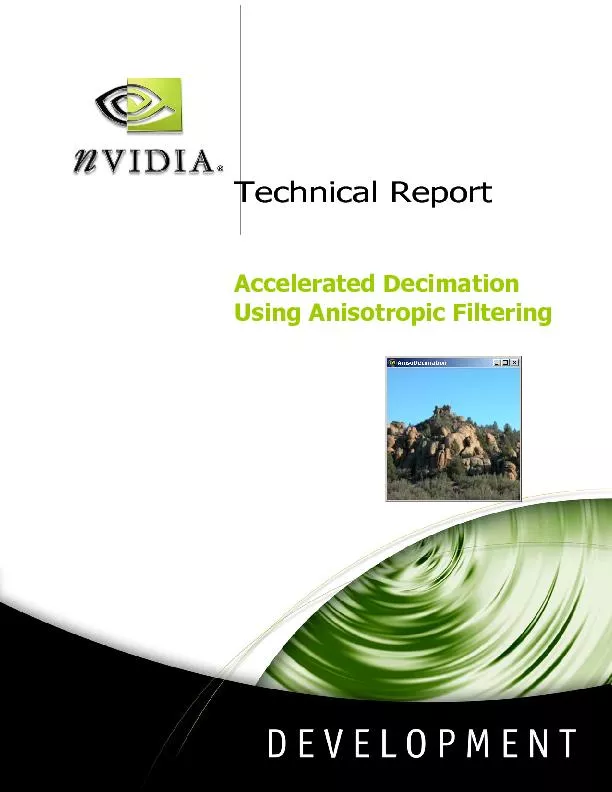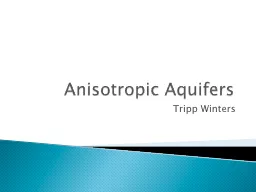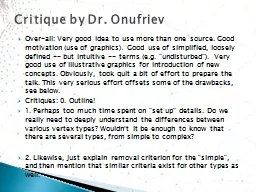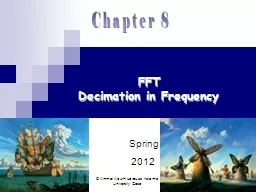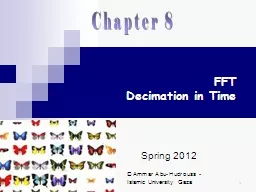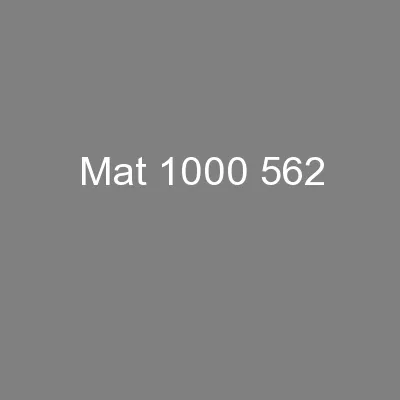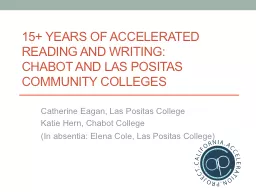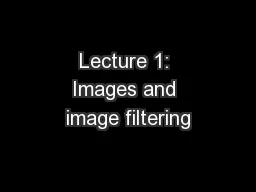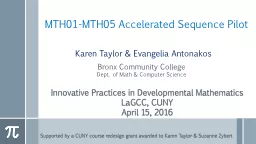PDF-Technical Report Accelerated Decimation Using Anisotropic Filtering
Author : celsa-spraggs | Published Date : 2016-05-25
NVIDIA Corporation 2701 San Tomas Expressway Santa Clara CA 95050 wwwnvidiacom Decimation filters are commonly performed by applications prior to performing large
Presentation Embed Code
Download Presentation
Download Presentation The PPT/PDF document "Technical Report Accelerated Decimation ..." is the property of its rightful owner. Permission is granted to download and print the materials on this website for personal, non-commercial use only, and to display it on your personal computer provided you do not modify the materials and that you retain all copyright notices contained in the materials. By downloading content from our website, you accept the terms of this agreement.
Technical Report Accelerated Decimation Using Anisotropic Filtering: Transcript
Download Rules Of Document
"Technical Report Accelerated Decimation Using Anisotropic Filtering"The content belongs to its owner. You may download and print it for personal use, without modification, and keep all copyright notices. By downloading, you agree to these terms.
Related Documents

